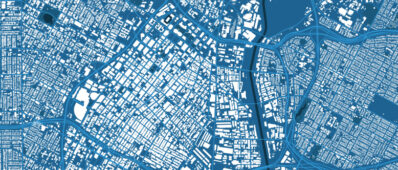Abstract
This paper provides the data collection and research results for the Seamless Travel project. The Seamless Travel Project is a research project funded by Caltrans and managed by the University of California Traffic Safety Center, with David Ragland, PhD., as the Principal Investigator and Michael Jones as the Project Manager. The project is funded by Caltrans Division of Innovation and Research and is being conducted by the Traffic Safety Center of University of California Berkeley and Alta Planning + Design.
Measuring bicycle and pedestrian activity is a key element to achieving the goals of the California Blueprint for Bicycling and Walking (the Blueprint). Meeting these goals, which include a 50% increase in bicycling and walking and a 50% decrease in bicycle and pedestrian fatality rates by 2010, and increases in funding for both programs, will require a quantifiable and defensible base of knowledge. This research helps meet two of the Blueprint’s major strategic objectives: (1) collecting data on volumes and facilities, and (2) determining the most cost-effective methods of estimating bicycle and pedestrian collision rates.

